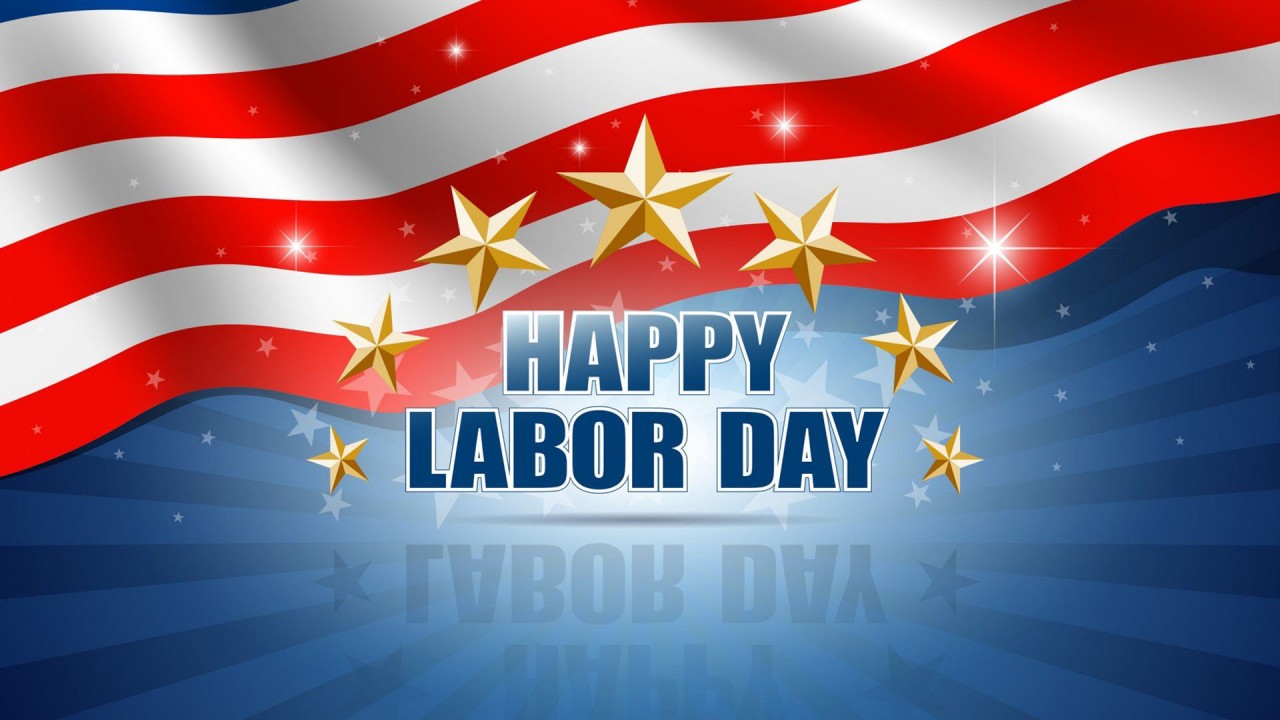
John Hawk Insunrated – Labor Day traces its roots back to the late 1800s when American workers demanded recognition for their efforts and sacrifices. This holiday, celebrated on the first Monday in September, honors the vital contributions of the labor force to the country’s prosperity and development. Labor Day began as a grassroots movement among trade unions and labor activists who saw the need to honor workers’ roles in building the nation. Over time, as the movement gained momentum, states started adopting their own versions of the holiday before it became federally recognized. The push to honor workers came during a time of industrial growth and social reform, when the workforce powered the engines of cities and factories. Celebrating Labor Day offered a much-needed moment of reflection and appreciation for those who labored to create the foundation of modern America. The tradition started with parades, festivals, and calls for better conditions.
Before becoming a national holiday, Labor Day was already embraced by a number of progressive states. New York introduced the first official bill, but Oregon made history by passing the earliest law recognizing Labor Day in 1887. Following Oregon, other states like Colorado, New Jersey, and Massachusetts quickly joined the movement. By the end of the decade, Connecticut and Pennsylvania also signed on. The momentum kept growing until 1894, when Congress made it official. That year, 23 additional states recognized the significance of honoring laborers and passed supportive legislation. President Grover Cleveland signed the law that made Labor Day a national holiday. The idea spread through municipalities and local labor groups who organized marches and events that brought attention to workers’ rights. Labor Day eventually became more than just a day off; it evolved into a symbol of unity and recognition. States’ efforts proved crucial in shaping the holiday’s national identity and legacy.
“Read about: Join the Club: How Creative Hobbies Are Uniting Strangers Everywhere”
The true origin of the workers’ holiday has long been debated, with two figures often credited. Some believe Peter McGuire, a carpenter and co-founder of the American Federation of Labor, first proposed the idea in 1882. He envisioned a day set aside to honor those who shaped the country through manual labor. Others argue that Matthew Maguire, a machinist from New Jersey, was the true originator. Maguire suggested the celebration while serving as secretary of the Central Labor Union in New York. Recent research leans in his favor, citing historical articles and local recognition. The Paterson Morning Call praised Maguire as the real architect of the observance. Interestingly, both men participated in the first parade held in New York City. This ongoing debate reflects the complexity of the workers’ movement and the collective spirit that inspired the occasion. Whether McGuire or Maguire takes the title, both men championed workers’ dignity and voice.
“Read more: The Flying Dutchman: Why This Phantom Ship Still Haunts the Cape of Good Hope”
The very first Labor Day was held on September 5, 1882, in New York City and organized by the Central Labor Union. Thousands gathered to watch a grand parade that showcased labor organizations from across the city. Workers marched proudly with banners, floats, and music, putting a spotlight on their unity and importance. This parade became a powerful visual statement that captured national attention. Just a year later, the same group organized another parade, further cementing the holiday’s place in American culture. Word spread quickly, inspiring cities and states to host their own events. As more communities joined, Labor Day became a moment to advocate for fair treatment, better hours, and safer work environments. The parades also served as a way for workers to celebrate their strength and contributions. Over time, these early demonstrations laid the groundwork for broader reforms that improved conditions for generations of American laborers.
While modern celebrations often bring to mind barbecues and retail sales, their origins remain rooted in activism and respect. Early observances featured street parades followed by festivals meant to provide workers with a moment of rest and enjoyment. Over time, speeches from influential leaders were added to highlight pressing economic and political concerns. In 1909, the American Federation of Labor designated the preceding Sunday as a time for education and spiritual reflection. These evolving elements kept the tradition dynamic while preserving its core message. Communities nationwide embraced the occasion as a moment to recognize hard-won achievements and reflect on ongoing challenges. Even today, this commemorative holiday serves as a reminder of the vital role labor plays in shaping the nation’s foundation. The broader movement not only improved wages and working conditions but also advanced the country’s pursuit of democracy and justice. This lasting legacy continues to influence how America honors work and equity.
John Hawk Insunrated - Many creators now adopt the anti perfection content workflow to publish quickly, learn fast, and grow…
John Hawk Insunrated - Many creators now adopt an anti perfectionist workflow guide to publish faster, learn from real feedback,…
John Hawk Insunrated - Artists, writers, and makers often underestimate how consistent creative practice daily reshapes their skills, confidence, and…
John Hawk Insunrated - Artists, workers, and students increasingly turn to creative practices for wellbeing to manage stress and protect…
John Hawk Insunrated - Many artists rely on personal sketchbook creative freedom to explore ideas safely without pressure or judgment.…
John Hawk Insunrated - Many professionals are experimenting with new skills to stay relevant, yet few truly analyze what works…